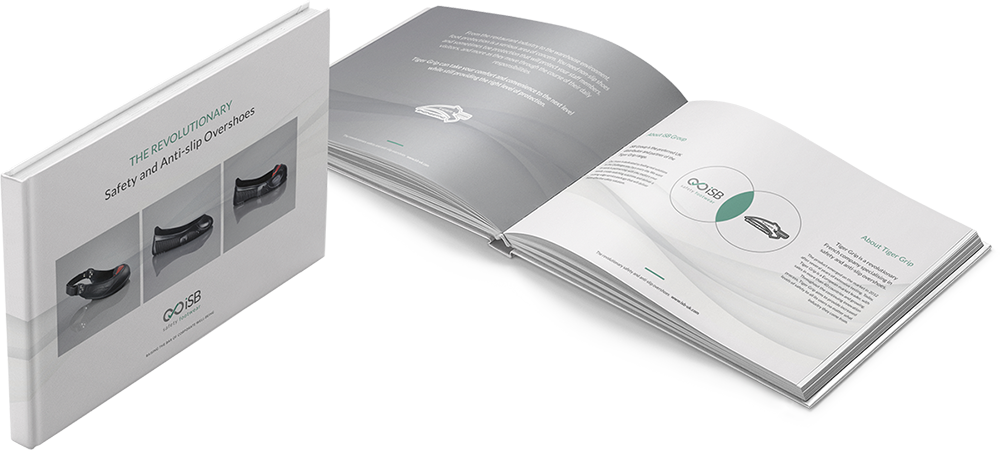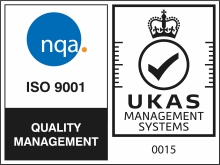
How to prevent repetitive strain injury
The correct choice of workplace equipment, workwear and PPE can help to prevent repetitive strain injury and other painful physical conditions. Nick Grinnell explains how…
Preventing repetitive strain injury
As a manager of a team performing repetitive tasks on a daily basis, you may worry about the risk of your employees developing a repetitive strain injury. But what can you do to prevent it, aside from recommending they take regular breaks from their work?
The answer is, quite a bit.
Repetitive strain injuries are not a given for those performing repetitive tasks at work, avoided more by luck than judgement, nor the responsibility of the individual to take preventative action.
Managers can help to guard against their employees developing repetitive strain injuries and other painful physical conditions by taking positive actions to reduce their risk.
These include:
- Investing in appropriate and high quality workwear and PPE
- Choosing ergonomically designed workplace equipment
- Educating employees on the early warning signs
- Championing wellbeing in the workplace
Let’s find out more…
What is a repetitive strain injury?
A repetitive strain injury (RSI) is an injury to part of the musculoskeletal or nervous system. Usually developing as the result of cumulative trauma rather than a single event, symptoms of an RSI include aches, pulsing pain, tingling and weakness. Examples are tendinosis, carpal tunnel syndrome, tennis elbow, trigger finger and focal dystonia.
Initially presenting as intermittent discomfort, symptoms of an RSI occur more and more frequently over time.
Identified early, some RSIs may resolve themselves with prompt treatment such as a combination of rest and physical therapy. However, many may persist for years, with some even requiring surgical treatment.
What causes repetitive strain injury?
People most at risk of developing a repetitive strain injury at work include those performing repeated patterns of motion and those who spend prolonged periods of time in a fixed or awkward position. Repeated exposure to mechanical force including machine vibrations can also be a factor.
The dangers of repetition
Logistics is an industry full of repetitive tasks, from forklift operation, to picking and packing, and returns and rework.
Such repetition may not only be dangerous for employees’ physical health, but can also affect their mental wellbeing, leading to low morale, high staff turnover, and lost productivity. It can also lead to complacency and a lack of focus, which increases the risk of injury.
How to prevent repetitive strain injury
Businesses can help to protect their employees against developing a repetitive strain injury by making good choices in the workplace equipment, workwear and PPE they provide to their teams.
DO Choose safety gloves that are designed for the tasks your teams need to perform on a daily basis, providing appropriate protection against workplace hazards while offering optimum grip and dexterity. Find out what to look for in our ultimate guide to safety gloves.
DON’T Assume all safety gloves are made equal, and choose a cheaper price over better quality. Find out what to do if your safety gloves are costing too much.
The best safety gloves for warehouse work: Tried and tested.
DO Select the most appropriate safety footwear for each employee, depending on whether they are standing still for most of the day, walking around constantly picking and packing, or making deliveries. Read our ultimate guide to choosing the right safety footwear.
DON’T Skimp on your safety footwear – ‘buy cheap, buy twice’, as the saying goes! How long should safety footwear last? Find out here.
DO Invest in ergonomically designed workplace equipment that places less stress on the body during use, such as safety knives that cut with less input of force. Find out more: Read our blog on the benefits of Slice® knives, our safety cutter provider of choice.
Discover the best safety knives for logistics.
DO Mandate that your employees take regular breaks from their work and immediate work environment, making a conscious effort to perform different movements from those required during their work.
DO Encourage rotation of tasks and work stations wherever possible
DO Educate your employees on the risk of developing a repetitive strain injury, preventative actions they can take, and the early warning signs of a problem.
By following these simple rules, you won’t just be helping to protect your employees’ physical health, but improving their overall wellbeing.
Find out more: Read our guide to improving wellbeing in logistics.

















